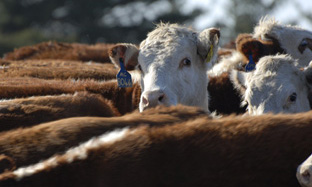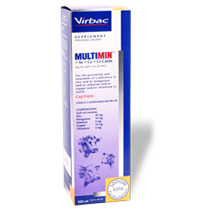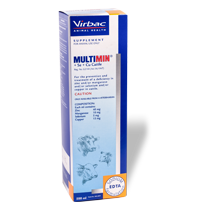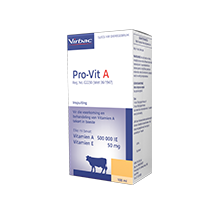
Dairy cows: Reducing somatic cell count and mastitis with the help of MULTIMIN®
Mastitis remains one of the most costly diseases in dairy production, despite improvements in management of subclinical mastitis over the past decade (Geary et al. 2012). Mastitis is an infectious disease caused by pathogens entering the teat canal of the udder, causing an inflammation of the mammary tissue; but can also be caused by other environmental factors and/or mechanical injury.
The consequences can be mild to severe discomfort for cows, resulting in redness, swelling and pain in the udder and teats, and ultimately a decrease in feed intake and milk production, fever and in some cases, even death.
Its prevalence in dairy herds is measured by somatic cell count (SCC) - the higher the number, the more negatively it affects milk quality and therefore negatively impacting revenue received from the sale of milk. A recent study conducted in South Africa on the economical impact of mastitis in Holstein and Jersey herds revealed staggering decreases in profits of between R500 and R1,800 per cow per year (Banga et al. 2014).
Besides good management and hygiene practices on farm, mastitis can also be controlled through antibiotic therapy, although strict control over milk quality often penalises the producers that sell milk containing traces of antibiotics, as this milk will be unsuitable for further processing. Therefore, an alternative strategy is required to improve udder health and milk quality.
One such strategy is to improve the immune system of dairy cows, increasing its defense mechanism against mastitis-causing pathogenic bacteria. MULTIMIN® has been proven over and over again over the last 30 years as a strategic top-up injectable trace mineral supplement, which, among others, improves the immune system of animals, even when animals received a diet fed according to or even above NRC recommendations.
The health benefits of improving trace mineral status before calving was demonstrated in a trial (Machado et al. 2013) by Cornell University:
Holstein cows and heifers (n=1416) from three farms were used in the study. Half of the cows were treated with Multimin at dry off, 30 days before calving and 30 days before AI. The recommended levels of trace minerals continued to be fed in all cows’ rations throughout the study.
Machado VS, Bicalho MLS, Pereira R V, Caixeta LS, nauer WA, Oikonomou G, Gilbert RO, Bicalho RC. Effect of and injectable trace mineral supplement containing selenium, copper, zinc and manganese on the health and production of lactating Holstein cows. Vet J. 2013 Aug;197(2):451-6.




